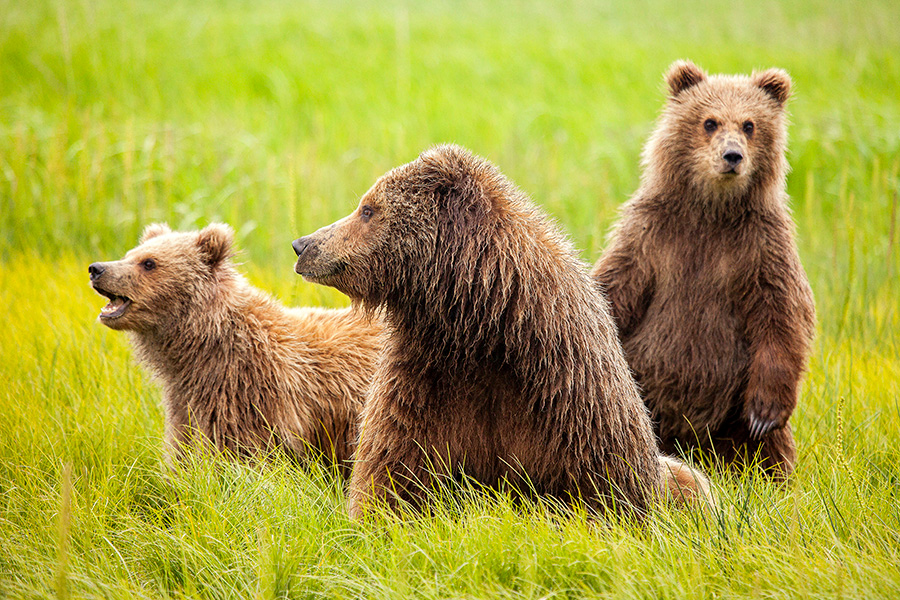
The report, which was not peer-reviewed or published in a journal, but instead delivered directly to the Ministry of Forests, Lands, and Natural Resource Operations, “was to undertake scientific analyses of grizzly bear harvest management if required. Further, the report is intended to evaluate the sustainability of the grizzly bear hunt in BC, to assess the level of conservation risk associated with implementation of both the current and revised provincial grizzly bear harvest management procedures, and to provide recommendations for improving the Province’s grizzly bear harvest management procedure.”
In a press release, the government celebrates that the panel they assembled found the government’s current grizzly bear harvest procedures are “rigorous” and have safeguards.
But that’s not all the report had to say about grizzly bear procedures and policies in British Columbia. These are a few highlights from the report that the government didn’t address:
- Expert Opinions. When data is thought to be inaccurate, “expert opinion” can override physical, scientific methods of collecting and estimating populations; the report notes that “any data-based estimate will outperform expert opinion” and that 39% of the province’s populations are based on expert opinion instead of preferred methods of modelling. The report also notes that “no clear criteria for the use of expert opinion over-riding model predictions, nor clear documentation of how experts derived their estimates.” Additionally, the potential bias or conflicts of these experts was not discussed.(See pages 2, 17, 22)
- Lack of Funding. An unreliable, and often unacceptably low, stream of funding for monitoring the resources surrounding grizzly bear populations, including the bears themselves, is shown to be very problematic for the panel, who note that a “lack of resources reduced effective management planning and resulted in excessive dependence on extrapolation methods … this resulted in an ad hoc inventory program largely driven by other resource development (e.g., oil, gas, mines, pipelines, hydro).” (See pages 3, 26, 27)
- Transparency. Perhaps the most common theme throughout the report is the lack of transparency – from how individual decisions are made on population estimates to an apparent lack of interest in public and First Nations input. (See pages 2, 3, 28, 33, 39, 40, 41, 42, 43)
The irony of transparency being brought up so frequently is, of course, that information on this very report: the decision to use this panel, the funding they received, the access to resources and information they had, is unavailable.
It is important to note that this report was solely designed to look at scientific procedure, and though it found merit in the efforts of the government, there are significant flaws – potentially fatal flaws – to the sustainability of grizzly bear populations if they are not addressed. It also does not address the public view, the ethical arguments, or the First Nations stances on a grizzly bear trophy hunt.
We can only hope that this government will stop patting themselves on the back long enough to see just how much work needs to be done to protect grizzlies – not for a hunt, but from one.
monthly donor(for as little as $5/month – the cost of a single latte) pleaseclick hereand help us save lives today.

